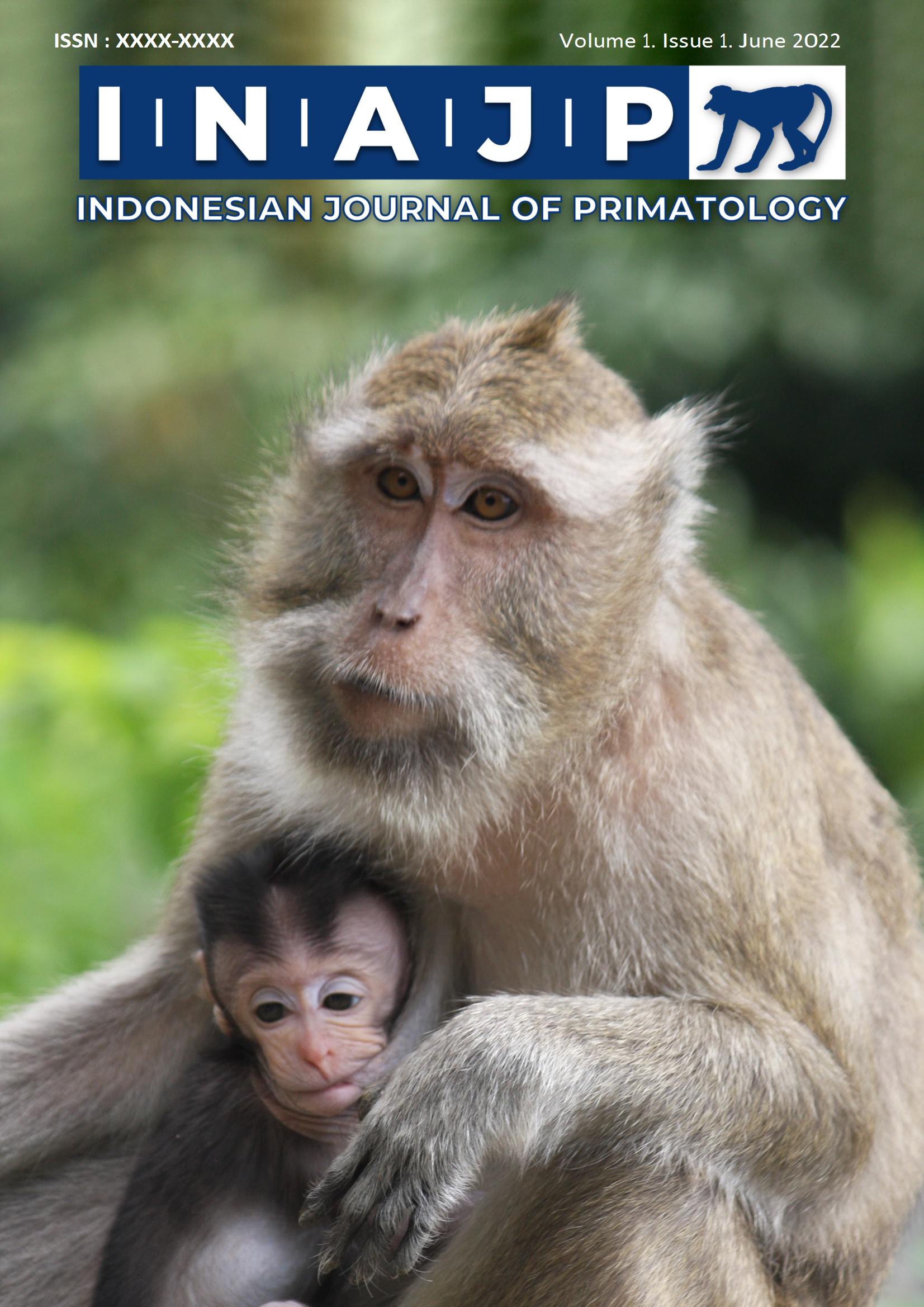Leukocyte Differential Study in Macaca nemestrina infected by Plasmodium spp
Abstract
The differential count of leukocytes in Macaca nemestrina (pig-tailed macaques) infected by Plasmodium is a way to determine the pattern of the immune response that is increased by the presence of a disease in the body in the form of a parasite in the blood, namely Plasmodium spp. Plasmodium is a parasitic protozoan that can cause malaria
and is transmitted through infected mosquito bites. This parasitic protozoan can infect birds, reptiles, rodents, primates, and humans. This study also distinguished the percentage of white blood cells (leukocytes) between infected and uninfected macaques with Plasmodium spp, with the number of samples taken by as many as 24 monkeys. Whole blood was made a thin review on a glass preparation. After drying, it was fixed using methanol by soaking it for 15 minutes and then soaking it in Giemsa›s solution for 30 minutes. The number of leukocytes and differential leukocytes was counted using a light microscope. Polymerase Chain Reaction (PCR) examination as confirmation of microscopic examination. The calculation results showed the percentage of neutrophils and monocytes in monkeys infected by Plasmodium spp. Greater than the uninfected macaque, basophils were still in normal numbers for lymphocytes and eosinophils.
As our aim is to disseminate original research articles, hence publishing rights is necessary. The publishing right is needed in order to reach an agreement between the author and publisher. As the journal is fully open access, the authors will sign an exclusive license agreement, where authors have copyright but license exclusive publishing rights in their article to the publisher. The authors have the right to:
- Share their article in the same ways permitted to third parties under the relevant user license.
- Retain patent, trademark, and other intellectual property rights including research data.
- Proper attribution and credit for the published work.
For the open access article, the publisher is granted the following rights.
- The exclusive right to publish the article, and grant rights to others, including for commercial purposes.
- For the published article, the publisher applied for the Creative Commons Attribution-NonCommercial-ShareAlike 4.0 International License.

This work is licensed under a Creative Commons Attribution-ShareAlike 4.0 International License.















